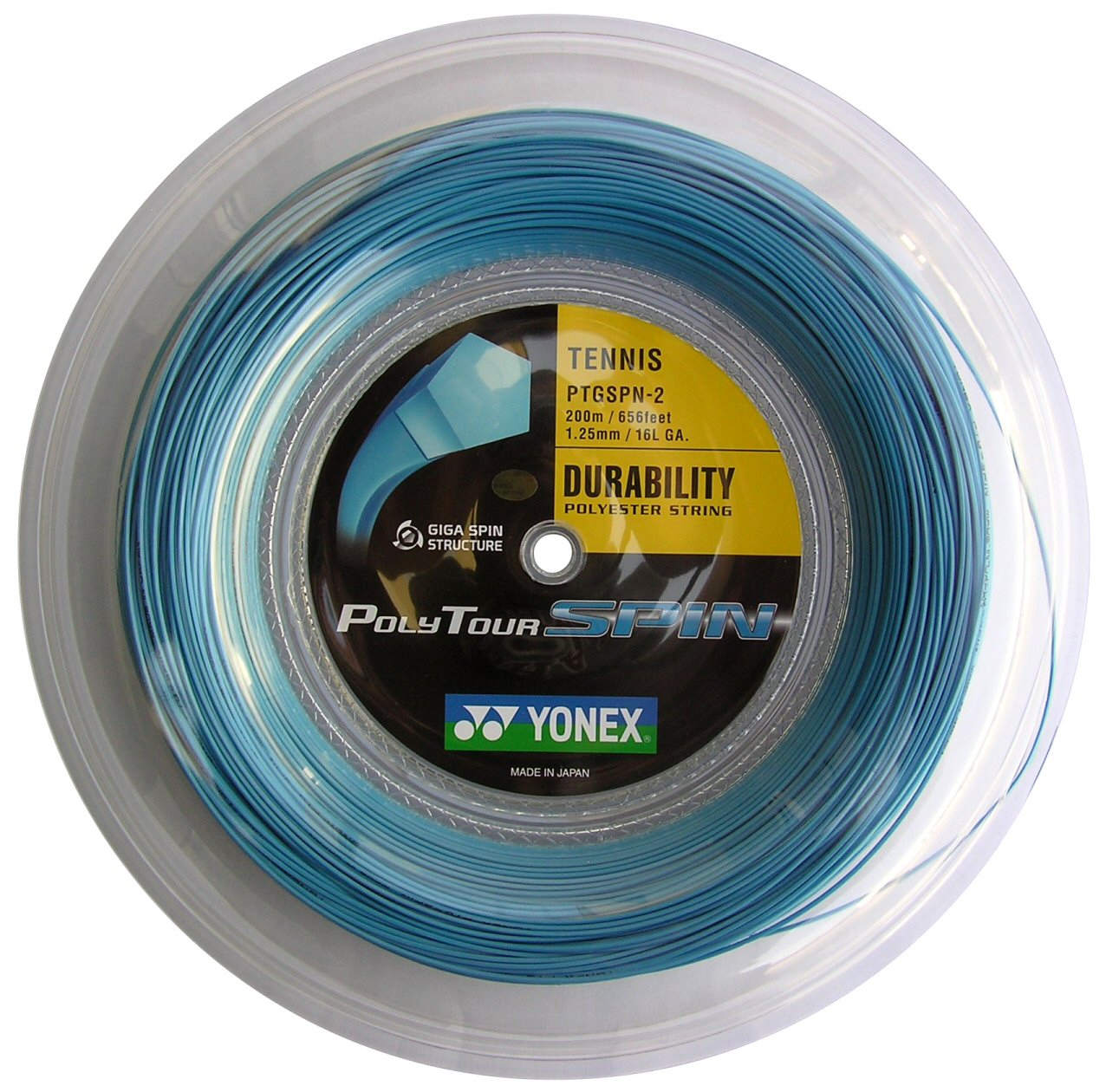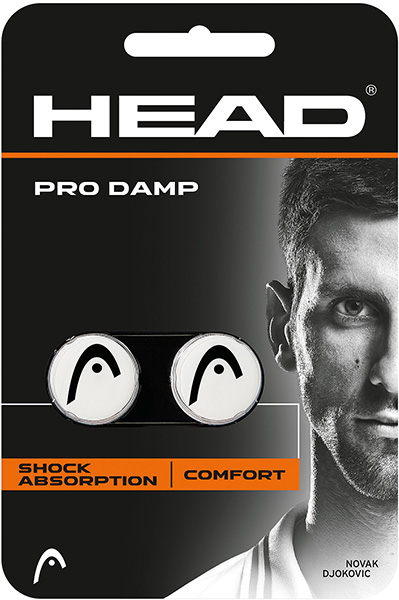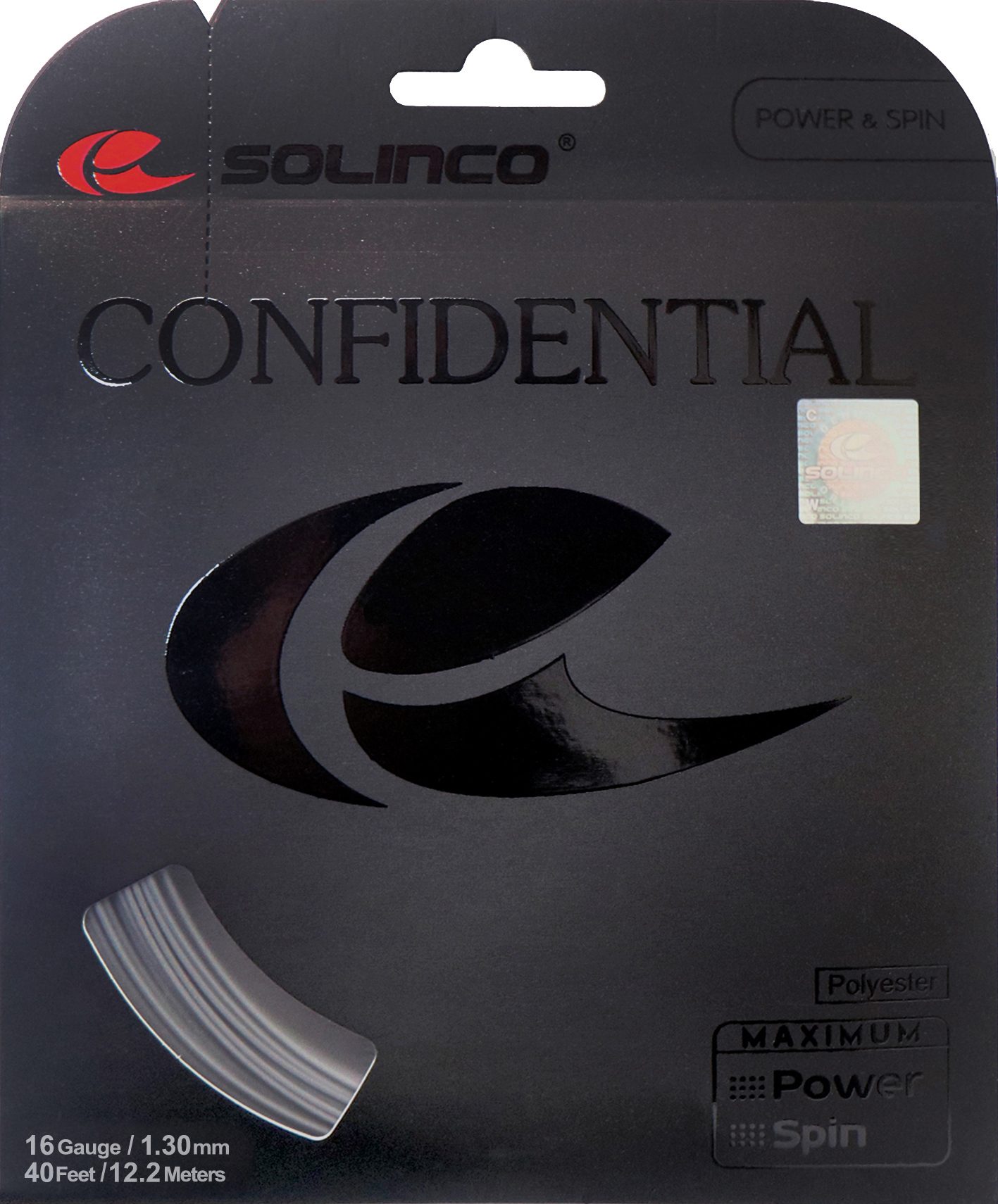129,90 €
Save 8%Each offer available in the Tennis Zone is an original product, coming directly from manufacturers or trusted distributors.

129,90 €
Save 8%
129,90 €
Encounter the newest revolution in tennis gear with Yonex Poly Tour Spin Tennis String. Designed with intricate precision and clean construction, this tennis string ensures optimal playing experience with great durability and rotation potential. Boost your hits and make every stroke count with this unrivalled tennis accessory.
Yonex Poly Tour Spin Tennis String boasts a superior manufacturing process where it is strung at a controlled temperature to ensure an increased lifespan. Built with monofilament structure, this streamlined design is all about offering unmatched strength and powerful performance. It is made from high-quality polyester that further adds to its robust nature and helps to maintain the tension for a noticeable period.
One of the distinct features of Yonex Poly Tour Spin Tennis String is its pentagonal profile, skillfully designed to extend an increased rotation potential. The perfect ratio of 1.25 mm and 1.20 mm size provides great control on your shots, making it the string of choice for those who value performance and strategic play.

| Article number: | ST15595.1 |
|---|---|
| Color: | Blue |
| Material: | polyester |
| Properties: | maintenance of tension spin strength |
| String length (m): | 200 |
| String profile: | pentagonal |
| Structure: | monofilament |
Encounter the newest revolution in tennis gear with Yonex Poly Tour Spin Tennis String. Designed with intricate precision and clean construction, this tennis string ensures optimal playing experience with great durability and rotation potential. Boost your hits and make every stroke count with this unrivalled tennis accessory.
Yonex Poly Tour Spin Tennis String boasts a superior manufacturing process where it is strung at a controlled temperature to ensure an increased lifespan. Built with monofilament structure, this streamlined design is all about offering unmatched strength and powerful performance. It is made from high-quality polyester that further adds to its robust nature and helps to maintain the tension for a noticeable period.
One of the distinct features of Yonex Poly Tour Spin Tennis String is its pentagonal profile, skillfully designed to extend an increased rotation potential. The perfect ratio of 1.25 mm and 1.20 mm size provides great control on your shots, making it the string of choice for those who value performance and strategic play.

| Article number: | ST15595.1 |
|---|---|
| Color: | Blue |
| Material: | polyester |
| Properties: | maintenance of tension spin strength |
| String length (m): | 200 |
| String profile: | pentagonal |
| Structure: | monofilament |
Each offer available in the Tennis Zone is an original product, coming directly from manufacturers or trusted distributors.
Sign up for the free newsletter and do not miss any promotions and news, as well as individual offers from our store.
Functional cookies are absolutely necessary for the functionality of the web shop. These cookies assign a unique random ID to your browser so that your unhindered shopping experience can be guaranteed over several page views.
Marketing cookies are used to display advertisements on the website in a targeted and individualized manner across multiple page views and browser sessions.
Tracking cookies help the shop operator to collect and evaluate information about the behaviour of users on their website.
These cookies are used to collect and process information about the use of the website by users, in order to subsequently personalise advertising and/or content in other contexts.
Service cookies are used to provide the user with additional offers (e.g. live chats) on the website. Information obtained via these service cookies may also be processed for site analysis.




